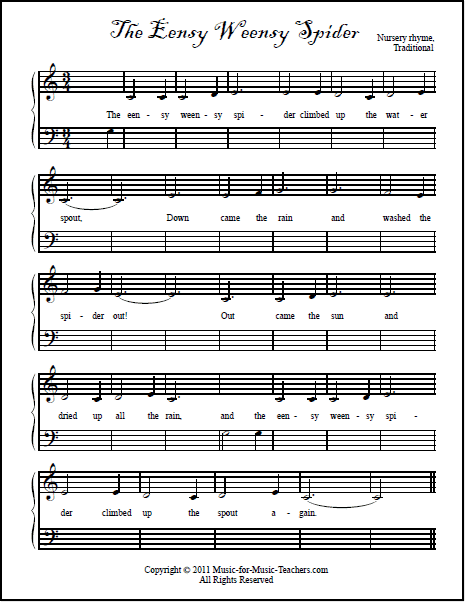
The examiner will grant the candidate some time for appropriate adjustment.

Always adjust the piano seat to a comfortable level.First, make sure they greet the examiner before stating their name and grade to ensure that the examiner has the right evaluation paper.Prepare your child with these 5 suggested tips before they head off to into the examination room. Īfter breaking down the different sections of the examination, we compiled a list of things to look out for during the examination and tips for practice. For an in-depth understanding of how aural text is assessed for each grade, take a look at the ABRSM 2015 syllabus. The assessment ranges from singing or playing from memory, identifying cadences, identifying chords, harmonizing with the examiner, identifying modulations, to describing characteristics of a piece played by the examiner. It examines the individual’s musical sense and theoretical knowledge. Individuals are granted thirty seconds to analyze the piece or play any part of the piece before the official assessment. For sight-reading, a piece will be chosen at random. The examiner will request at least one type of scale, arpeggio, or broken chord to be played with both hands or hands separately. For scales & arpeggios, candidates are required to play from memory. Both portions test an individual’s fingering techniques and tempo consistency with other aspects such as musicality and style. The scales & arpeggios and sight-reading adds up to a total of 42 points, each being worth 21 points individually. It gives the examinee the flexibility to choose one piece from each list.

The practical book contains 9 piano scores divided into 3 lists - A, B, and C. Note that the examination syllabus differs every year thus, it is imperative to ensure that the materials bought are in line with the year that your child has registered for the examination. Musical elements such as pitch, tone, variation, and tempo, in addition to individual interpretation of the piece will be taken into account during grading. The bulk of the points lies in the 3 piano pieces, consisting of 30 points each. A minimum score of 100 points is required to pass, 120 points to secure a merit, and an additional 10 points to land a distinction. These four segments add up to a total of 150 points. There are four main sections in the practical exam: performance of the 3 prepared examination pieces, the examiner-selected scales and arpeggios, sight-reading, and aural tests. Biologically speaking, being anxious before an upcoming test or exam is perfectly normal however, the degree of anxiety can be managed with the right amount of quality practice.īefore we dive into the different ways that you can help prepare your child for an ABRSM piano practical with tips from our knowledgeable teachers and students who have taken multiple ABRSM exams, let’s take a look at each component that forms the examination. This fear is no different for your child when they are heading into an ABRSM piano practical exam, sweaty palms are definitely the first thing you will notice about them.


 0 kommentar(er)
0 kommentar(er)
